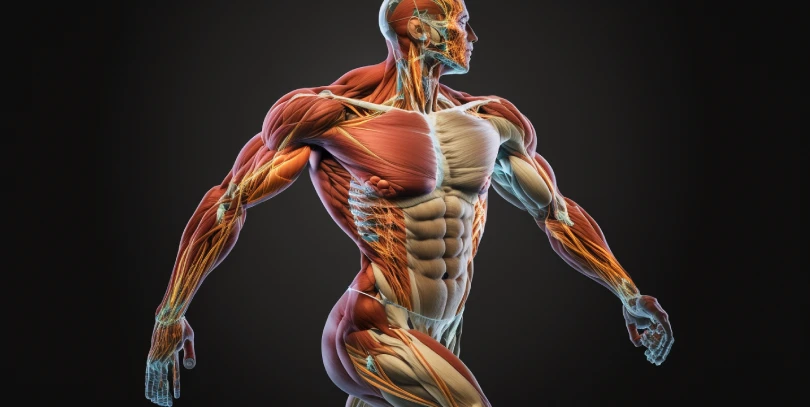The human nervous system is a complex and intricate network that plays a pivotal role in coordinating our bodily functions and responses. Comprising the central nervous system (CNS) and the peripheral nervous system (PNS), it is a remarkable system that governs everything from conscious actions to unconscious bodily processes. In this article, we delve into 20 captivating facts about the nervous system, shedding light on its structure, functions, and some astonishing phenomena that occur within it. From the lightning-fast transmission of nerve impulses to the incredible growth of neurons in a developing fetus, join us on a journey to discover the wonders of this vital system that keeps us moving, thinking, and feeling.
- The nervous system is divided into two main parts: the central nervous system (CNS) and the peripheral nervous system (PNS).
- The CNS consists of the brain and spinal cord.
- The PNS includes nerves outside the brain and spinal cord.
- The nervous system coordinates actions and sensory information by transmitting signals to and from different parts of the body.
- There are about 100 billion neurons in the human brain.
- Neurons are the basic unit of the nervous system and are specialized cells with a cell body, axons, and dendrites.
- The brain uses 20% of the total oxygen we breathe.
- The nervous system detects environmental changes and works with the endocrine system to respond to such events.
- The brain and spinal cord are protected by bone and cushioned by layers of membranes called meninges and cerebrospinal fluid.
- The nervous system can transmit nerve impulses as fast as 328 feet per second, and in some cases, the speed of transmission is around 180 miles per hour.
- The critical ions in the nervous system are sodium (Na+), potassium (K+), calcium (Ca++), and chloride (Cl-).
- Inside the womb, neurons grow at a rate of 250,000 per minute in the brain of a child.
- A newborn’s brain grows over three times its size in the first year of growth.
- In adults, a gram of the brain’s weight is lost yearly.
- The nervous system cannot efficiently repair itself.
- The body has a voluntary (somatic) nervous system that controls conscious movements and an involuntary nervous system that controls unconscious functions.
- The brain and spinal cord make up the central nervous system, which helps all parts of the body, such as the digestive, endocrine, immune, lymphatic, and muscular systems, communicate with each other.
- There are 43 different pairs of nerves that connect the central nervous system to the rest of the body, with 12 of these nerve pairs connecting to the brain and the remaining ones connecting with the spinal cord.
- Damage to the nervous system may result in the malfunctioning of other systems.
- The nervous system cannot function properly in the absence of potassium and sodium ions.
Sources:
- Medical News Today – All about the central nervous system
- Health Direct – Central nervous system (CNS)
- Merck Manuals – Overview of the Nervous System
- Better Health – Nervous system
- Byjus – Facts about Nervous System
- Live Science – The nervous system: Facts, function and diseases
- Verywell Mind – Structure and Function of the Central Nervous System
- National Institutes of Health – What are the parts of the nervous system?






